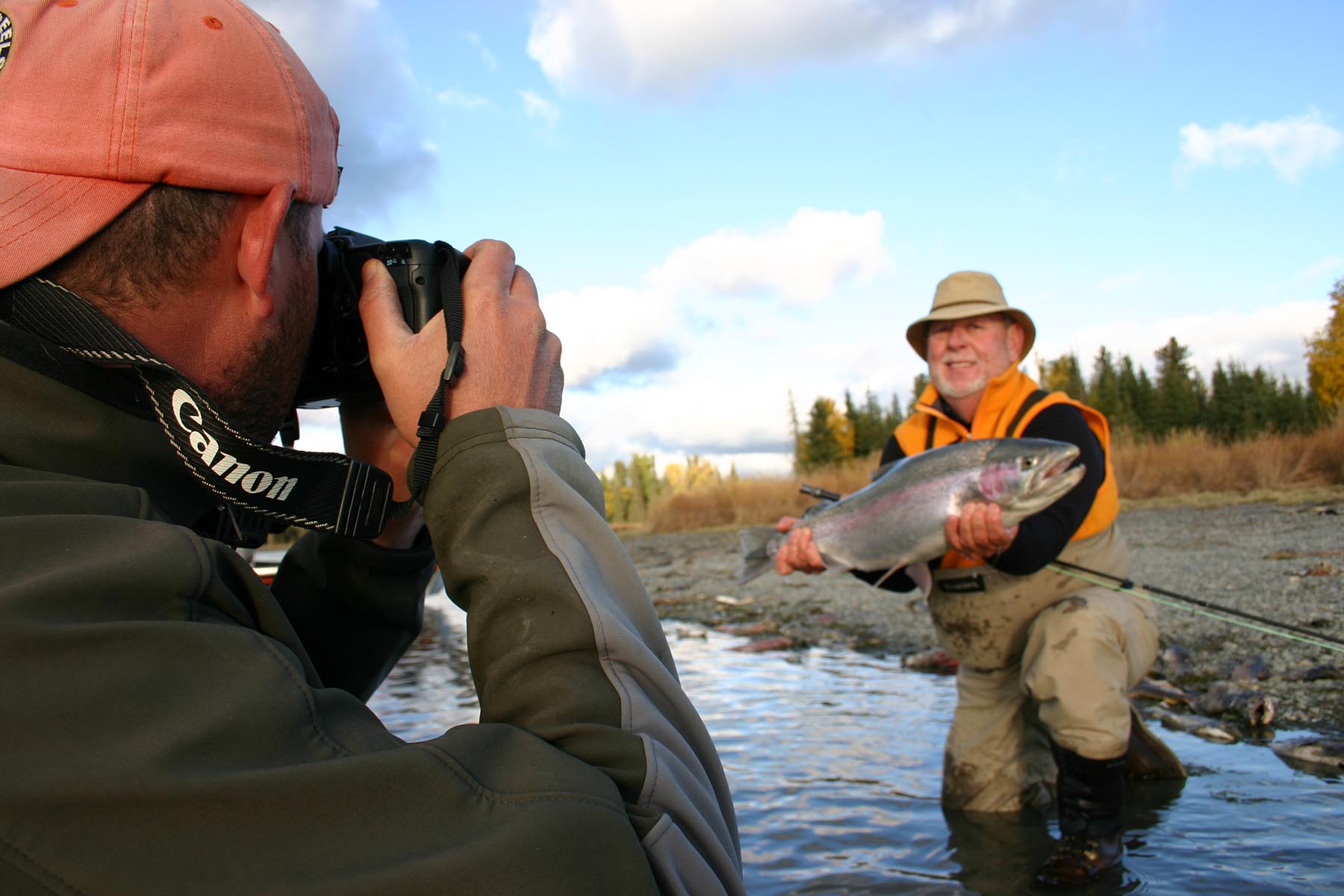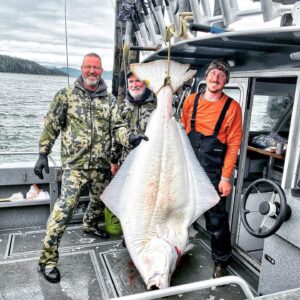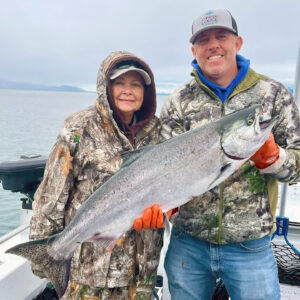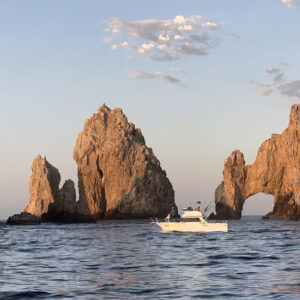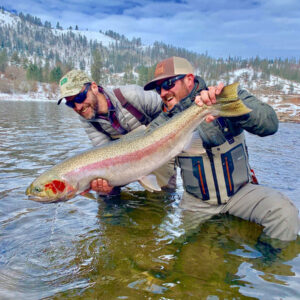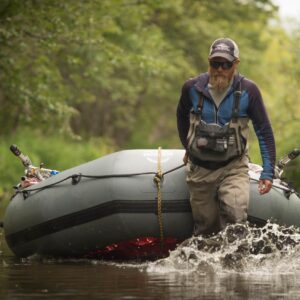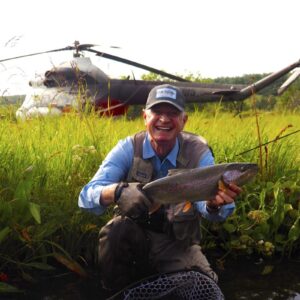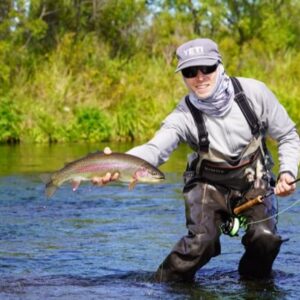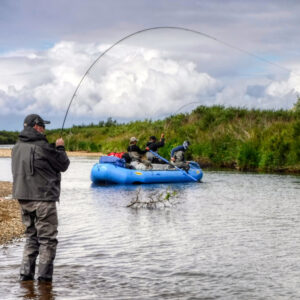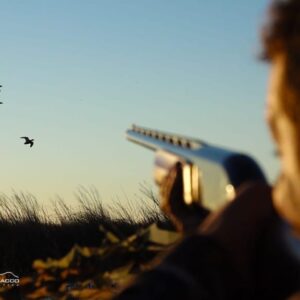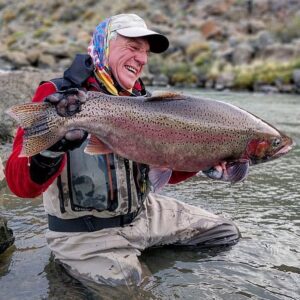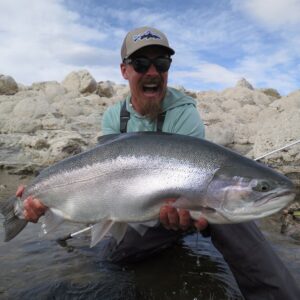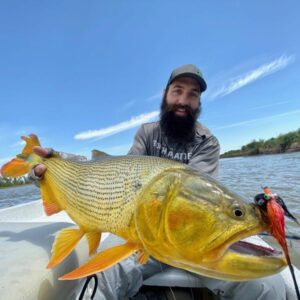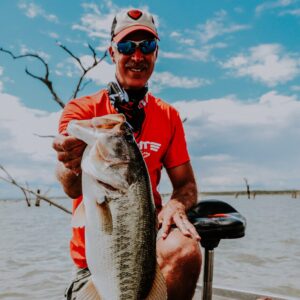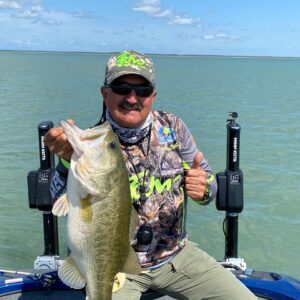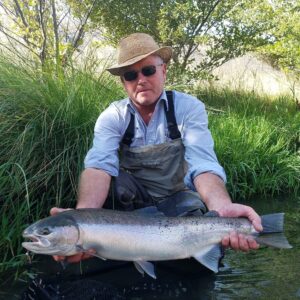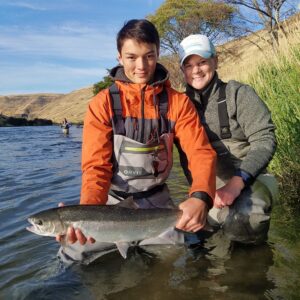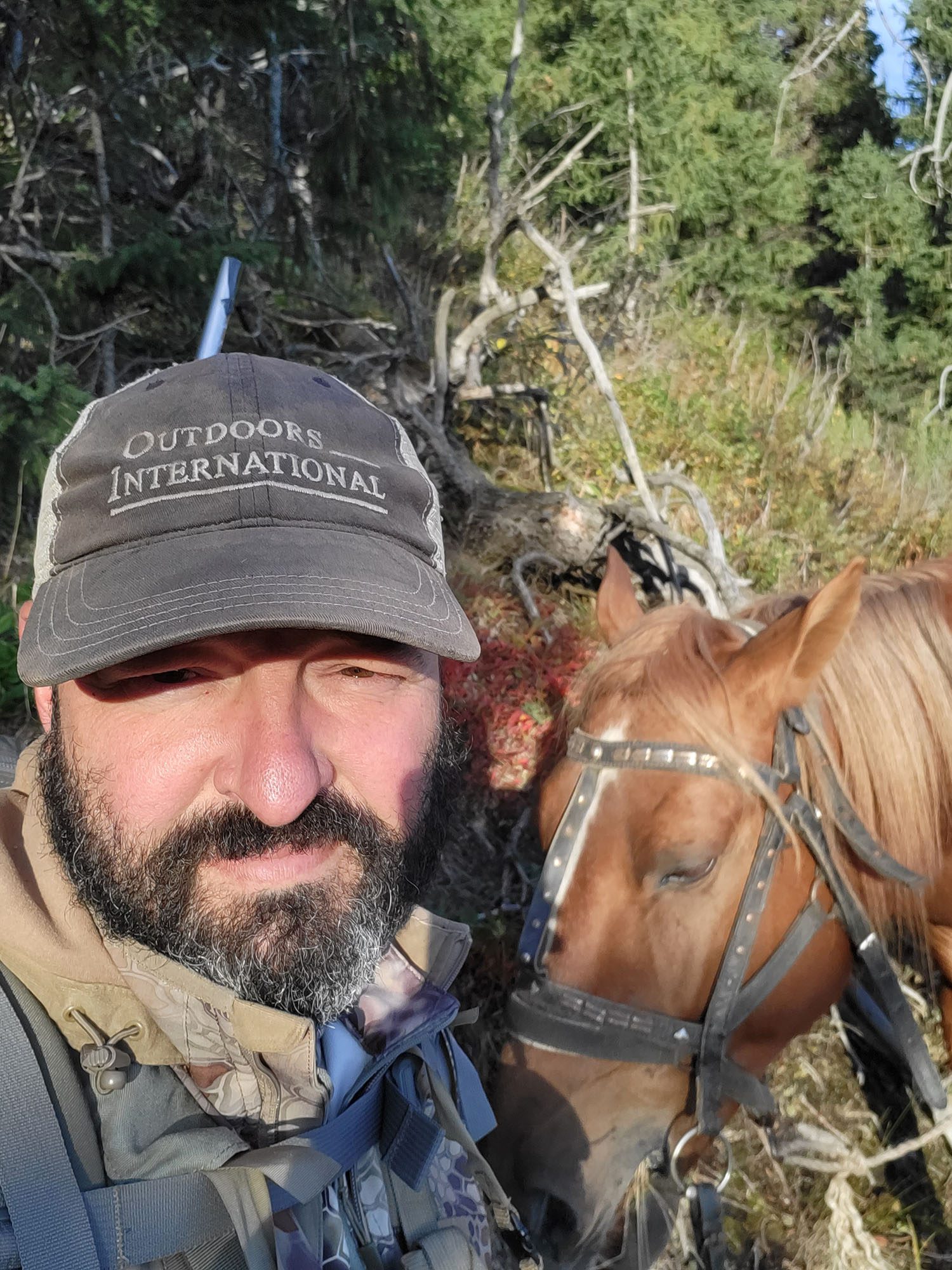Fishing is a wonderful activity that can be enjoyed by people of all ages. It allows you to relax and enjoy the great outdoors, while also providing you with the opportunity to catch some fish. One of the best ways to capture the excitement of fishing is by taking photos. In this article, we will be providing some tips on taking better fishing photos.
Importance of Taking Good Fishing Photos
A great fishing photo is one that tells a story, captures the thrill of the catch, and leaves a lasting impression on the viewer. Whether you are a professional photographer or just someone who enjoys taking pictures, it is important to understand the significance of capturing the perfect fishing shot.
Tips for Taking Better Fishing Photos
1. Plan Ahead
Before you head out on your fishing trip, take some time to plan ahead. Think about the type of photos you want to take and the equipment you will need. Make sure you have enough battery power and memory space in your camera.
2. Consider the Lighting
Lighting is a critical element in photography. If you are fishing during the day, try to take advantage of the natural light. Avoid harsh shadows and direct sunlight. Early morning and late evening are the best times to capture stunning fishing photos.
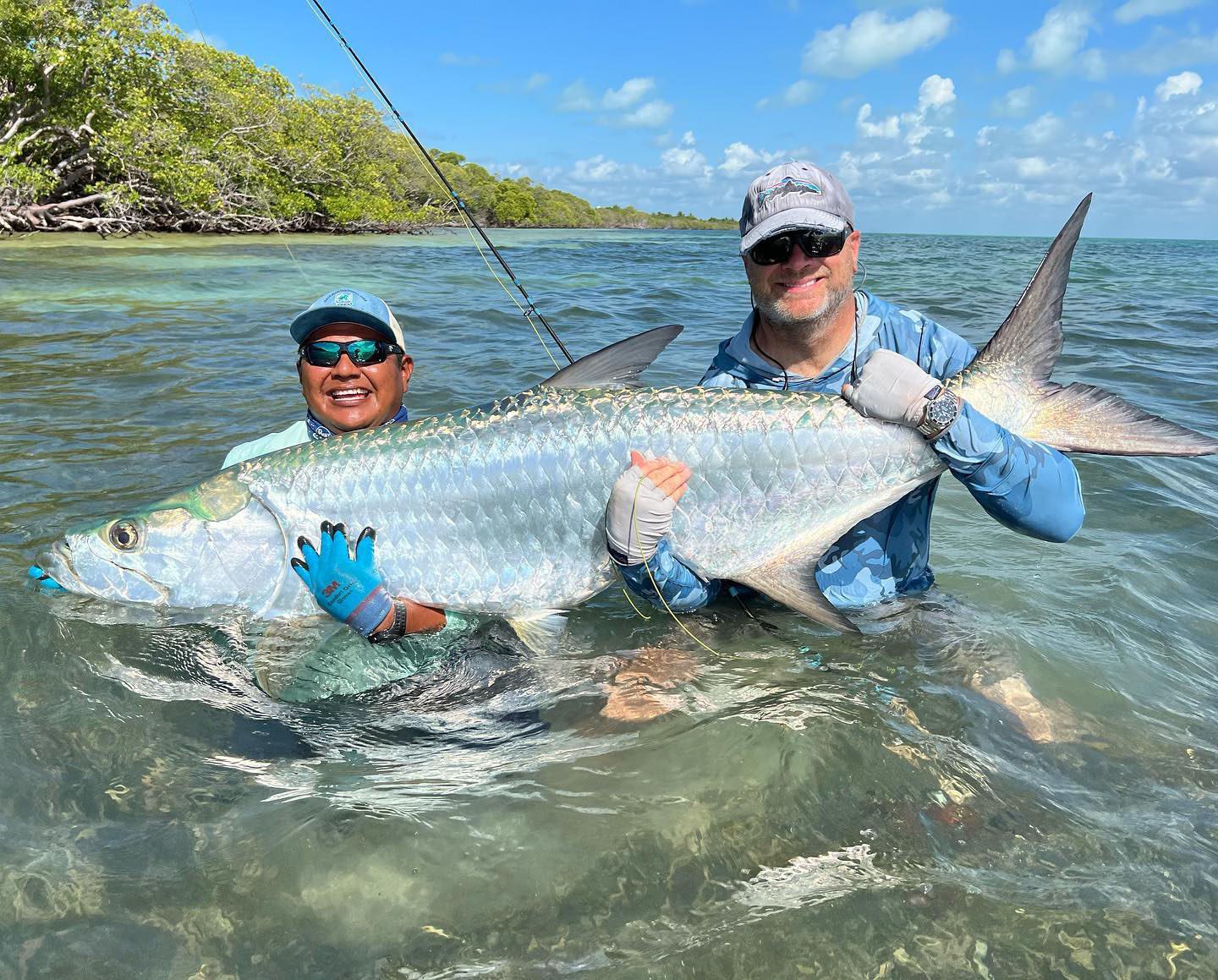
3. Use a Polarizing Filter
Using a polarizing filter can help you capture better fishing photos by reducing glare and reflections from the water. This filter can also enhance the colors of the fish and the surrounding environment. You can even get polarizing filters for your smartphone!
4. Get Up Close and Personal
To capture the excitement of the catch, try to get up close and personal with the fish. Use a wide-angle lens to capture the entire scene or a zoom lens to focus on the details of the catch.
PRO TIP: Keeping the fish close to the water almost always makes for a better fishing photo.
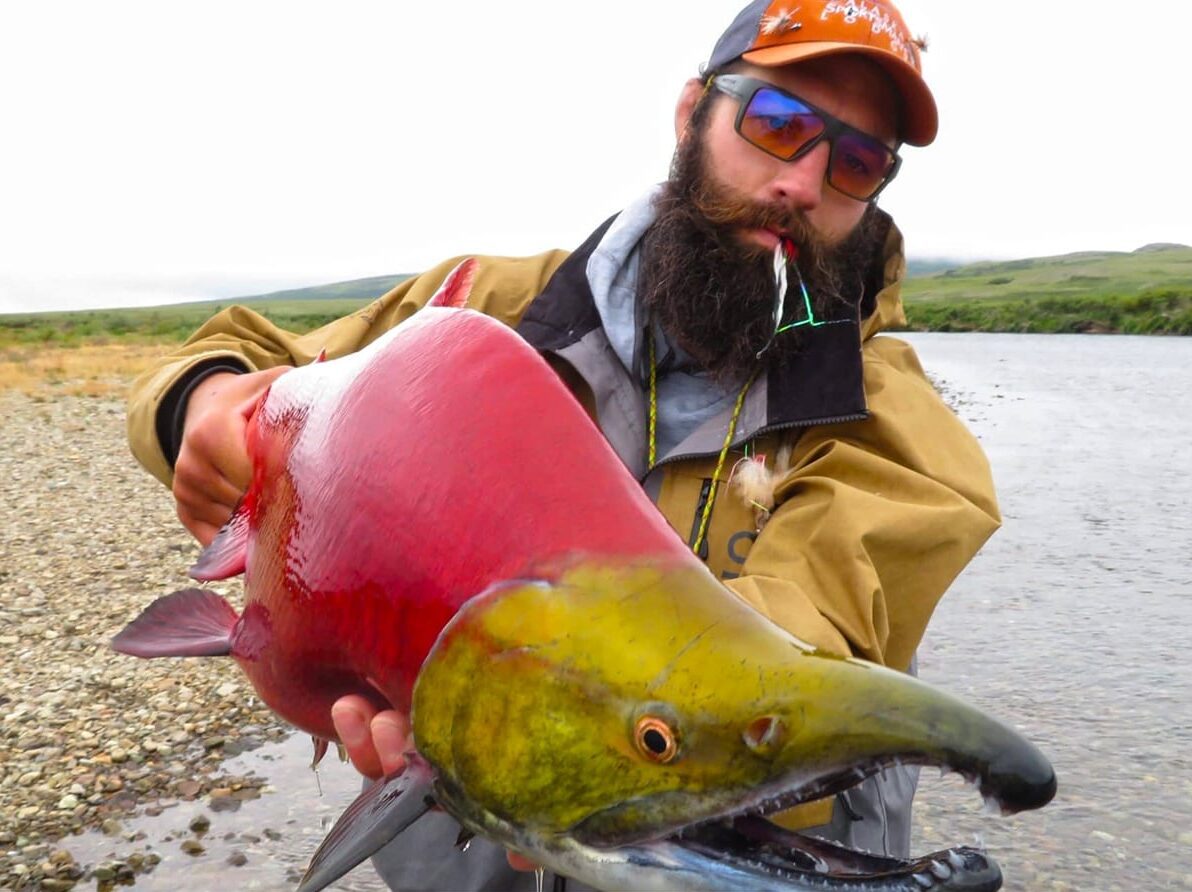
5. Focus on the Angler
The angler is an essential part of the fishing experience. Try to capture their emotions and expressions as they reel in their catch. A close-up shot of the angler holding the fish can make for an excellent fishing photo.
6. Experiment with Angles
Experimenting with angles can help you capture unique and interesting fishing photos. Try taking shots from different perspectives, such as from above or below the waterline, to add variety to your fishing photos.
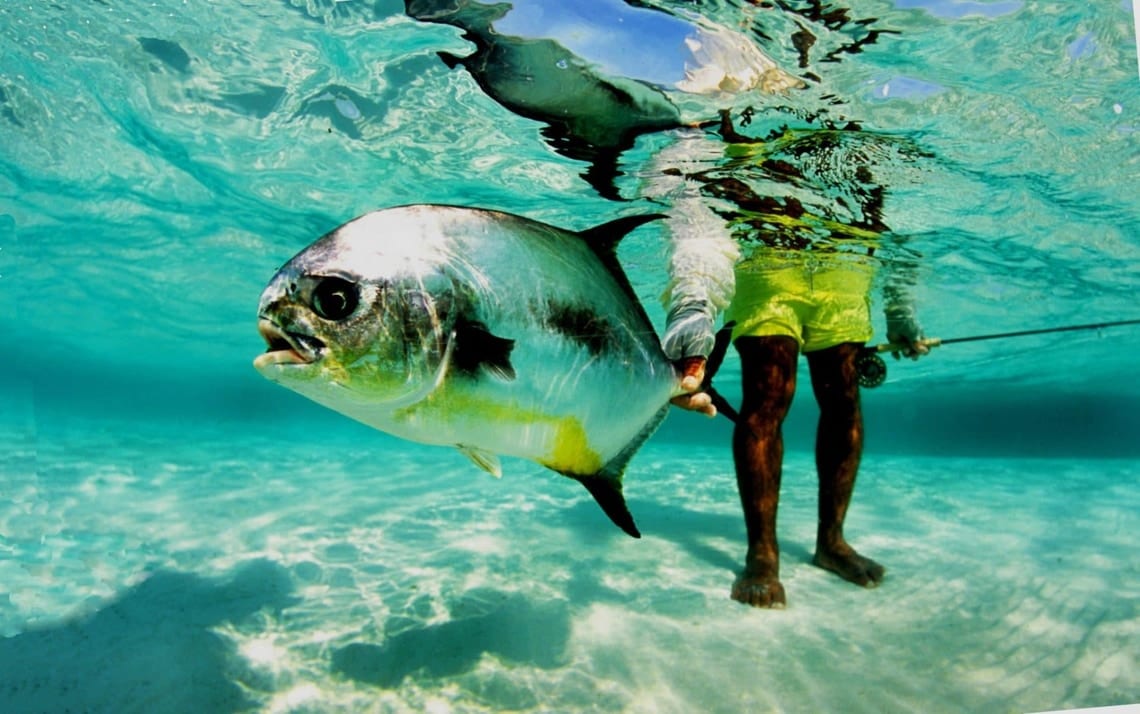
7. Keep it Natural
When taking fishing photos, try to keep them as natural as possible. Avoid overly posed shots or artificial setups. The best fishing photos are the ones that capture the raw and genuine experience of fishing.
8. Edit Your Photos
After you have taken your fishing photos, take some time to edit them. Adjust the brightness, contrast, and saturation levels to enhance the colors and details of your photos. But remember, don’t overdo it.
9. When it comes to Taking Better Fishing Photos, Practice Makes Perfect
Like anything else, taking great fishing photos requires practice. Take the time to experiment with different techniques and equipment until you find the style that works best for you.
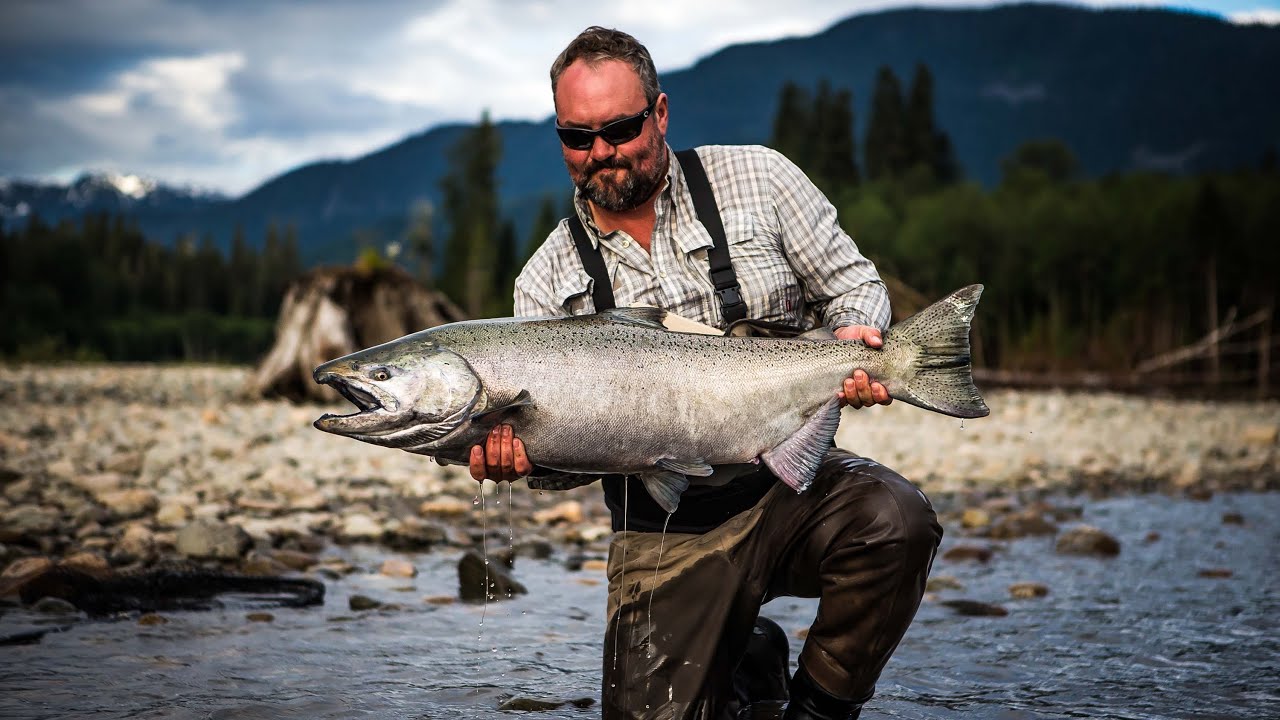
FAQs
What kind of camera should I use for fishing photography?
Any camera with manual control settings can be used for fishing photography, but a DSLR camera with a fast lens is ideal.
What is the best time of day to take fishing photos?
Early morning and late evening are the best times to take fishing photos because the light is softer and more flattering.
Can I take good fishing photos with my smartphone?
Yes, you can take good fishing photos with your smartphone, but a dedicated camera will generally have better image quality and more advanced settings.
Should I always use a polarizing filter for fishing photography?
Using a polarizing filter can be helpful in reducing glare and reflections, but it may not be necessary in all situations.
How can I make my fishing photos stand out on social media?
To make your fishing photos stand out on social media, focus on capturing unique perspectives and compositions, and use hashtags to reach a wider audience.
What are some common mistakes to avoid in fishing photography?
Some common mistakes to avoid in fishing photography include overexposing the image, not focusing on the subject, and forgetting to capture the angler’s emotions and expressions.
Conclusion
In conclusion, fishing photography is an art that requires patience, practice, and a keen eye for detail. By following the tips outlined in this article, you can improve your fishing photography skills and capture the thrill of the catch in stunning detail. By following the tips outlined above, you can increase your chances of getting that perfect hero shot while minimizing the impact on the fish. Remember to keep the fish in the water as much as possible, handle it gently, and release it quickly and safely. With a little practice and patience, you and your friends can capture some amazing memories that will last a lifetime.
Block "740773" not found


